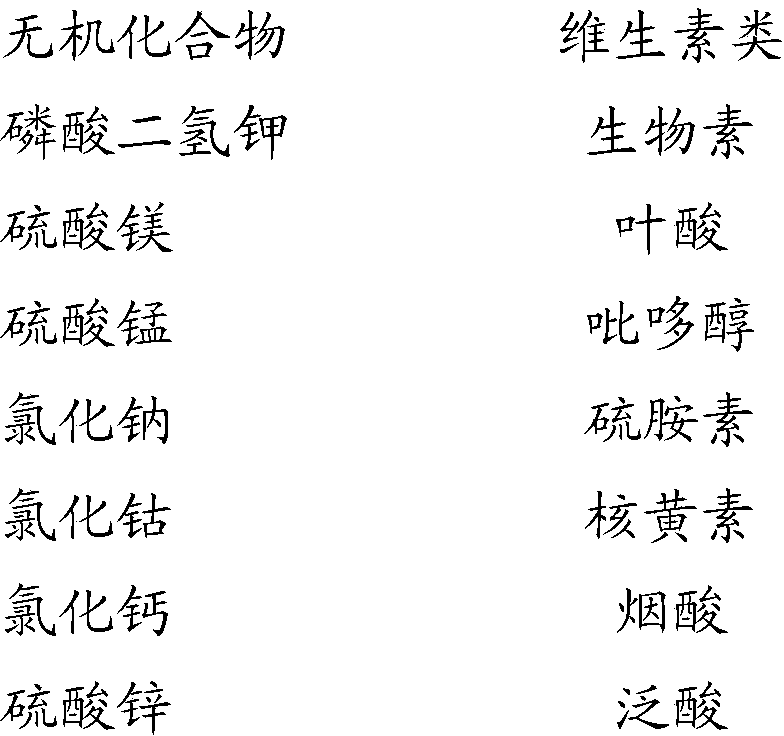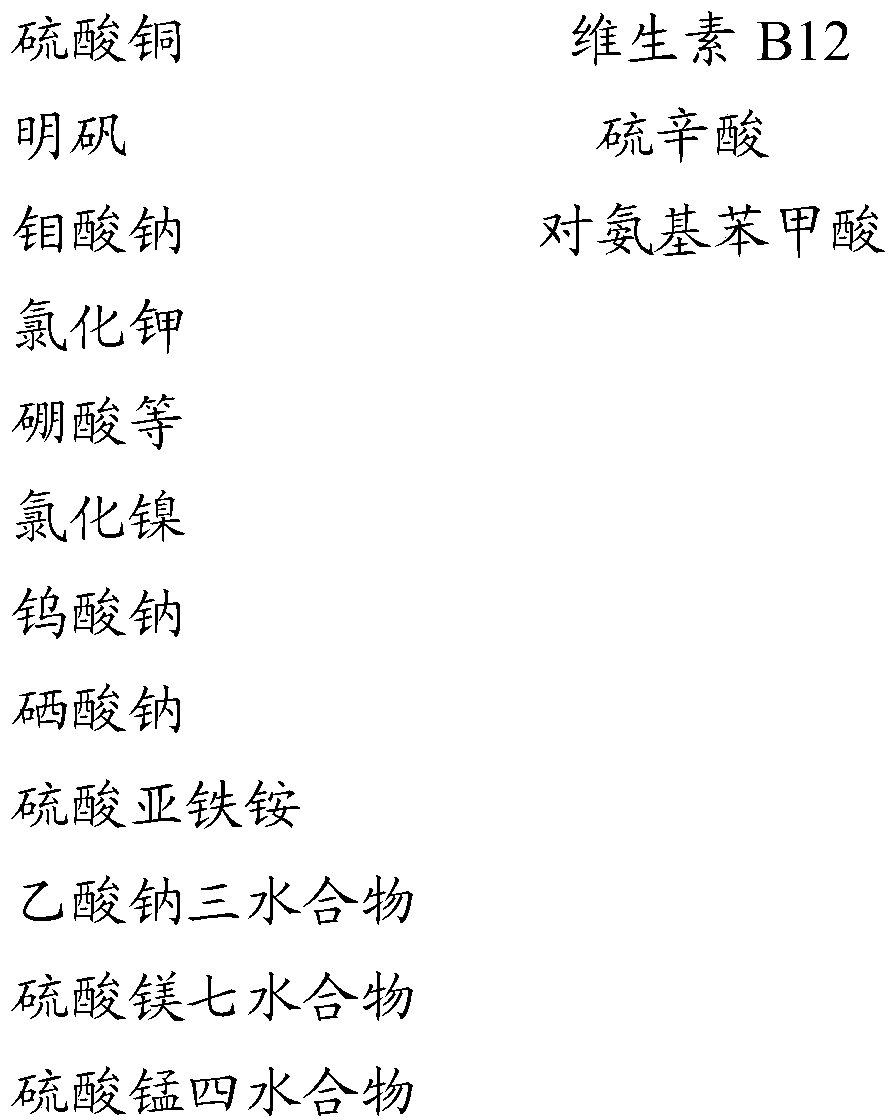Novel microorganism and production method for urolithins using same
A manufacturing method, urolithin technology, applied in the direction of microorganism-based methods, biochemical equipment and methods, microorganisms, etc., can solve the problems of not producing urolithin, and achieve the effect of promoting mitophagy
- Summary
- Abstract
- Description
- Claims
- Application Information
AI Technical Summary
Problems solved by technology
Method used
Image
Examples
Embodiment 1
[0140] The isolation and taxonomic properties of Eggerthella sp. DC 3563 (NITE BP-02376) as the present strain are described below.
[0141] In order to isolate this strain, ellagic acid with a final concentration of 1 g / L was added to ABB medium (manufactured by OXOID Company), and then heat sterilized, and the gas phase was heated with N 2 :CO 2 :H 2 (80% / 10% / 10%) gas replacement was performed, and the resulting medium was used as a minimal medium. Human feces were inoculated into a minimal medium, and anaerobic culture was performed at 37°C. The cultivated culture solution was diluted and spread on ABB agar medium. Anaerobic culture was carried out at 37°C, and many single bacteria were obtained. The obtained plural single bacteria were inoculated into a minimal medium, respectively, and anaerobic culture was performed at 37°C.
[0142] Quantification of urolithins in the culture solution after culture was carried out by the following method.
[0143] Urolithins were ...
Embodiment 2
[0158] DNA was extracted from the DC 3563 strain as the present bacterial strain, and the full length of the 16S rRNA gene was amplified by PCR using universal primers specific for the 16S rRNA gene, and the base sequence of the 16S rRNA gene of the present bacterial strain was determined (as SEQ ID NO: 1).
[0159] When a homology search was performed using the International Base Sequence Database (DDBJ), the DC 3563 strain as the present strain had 99.9% homology with the Eggerthella lenta JCM 9979 (AB558167) strain.
[0160] In addition, after multiple alignment of the base sequences of each reference strain with high homology with this strain obtained from the nucleic acid database, a molecular phylogenetic tree was prepared by the NJ method. As a result, the DC 3563 strain as this strain It forms a cluster with species composed of the genus Eggerthella and appears as a closely related species.
[0161] As a result of comprehensive judgment of the above-mentioned method, ...
Embodiment 3
[0164] The DC 3563 strain, which is the present strain, was inoculated into the minimal medium described in Example 1, and cultured anaerobically at 37° C. for 2 weeks. After completion of the culture, quantitative analysis of urolithins was carried out by the method described in Example 1.
[0165] As a result, urolithin C was obtained at a molar yield of 90.3% relative to the added ellagic acid.
PUM
 Login to View More
Login to View More Abstract
Description
Claims
Application Information
 Login to View More
Login to View More - R&D
- Intellectual Property
- Life Sciences
- Materials
- Tech Scout
- Unparalleled Data Quality
- Higher Quality Content
- 60% Fewer Hallucinations
Browse by: Latest US Patents, China's latest patents, Technical Efficacy Thesaurus, Application Domain, Technology Topic, Popular Technical Reports.
© 2025 PatSnap. All rights reserved.Legal|Privacy policy|Modern Slavery Act Transparency Statement|Sitemap|About US| Contact US: help@patsnap.com



